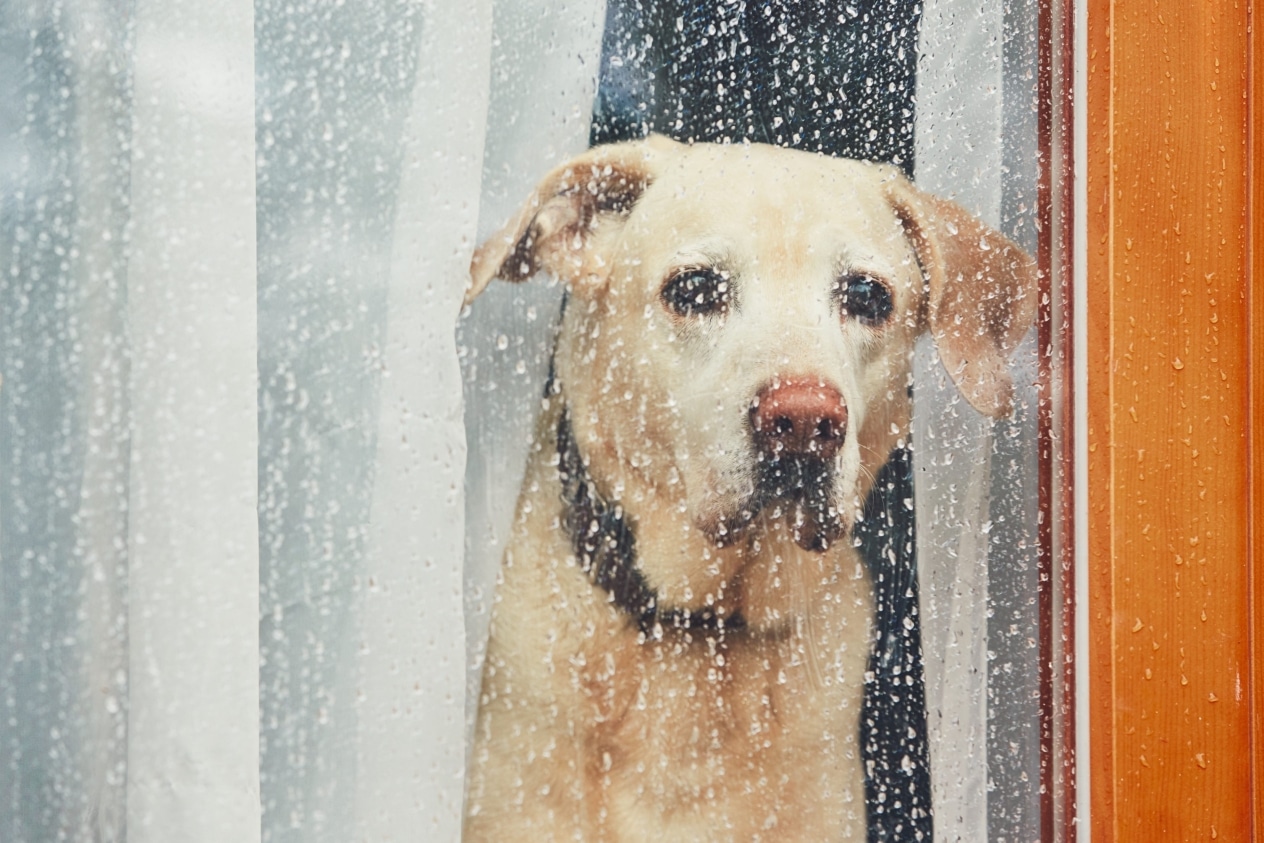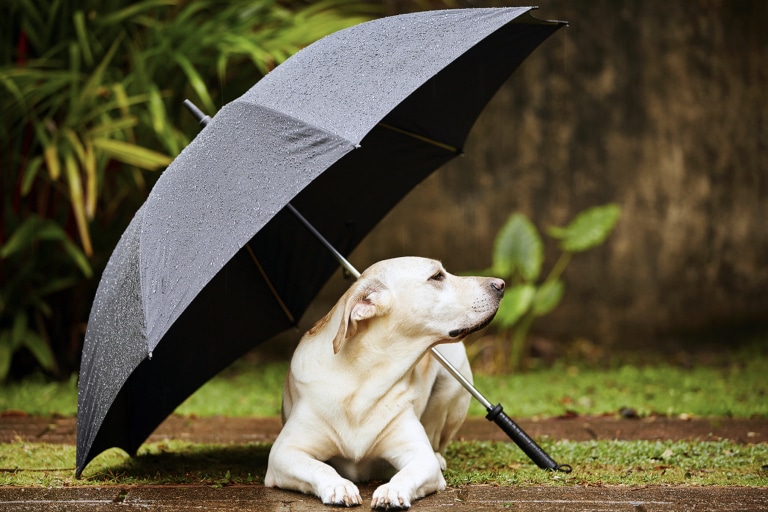The cat suddenly hides under the bed, and the dog starts growling and fussing for no reason – the sun is still shining outside the window, but a few hours later a thunderstorm begins. Sound familiar? Pet owners often notice such “cases” and wonder if our Pets can predict the weather.
It seems that sometimes they know more than the forecast from the weatherman. But do cats and dogs really have a “sixth sense”? Or is it just the result of their natural sensitivity? And what does science even say about such a “superpower”? What follows will be very interesting.

Instincts and sensitivity to environmental changes
To begin with, cats and dogs have much sharper senses than humans. Their bodies literally “pick up” environmental changes that we are unable to sense. This applies primarily to the sense of smell, hearing, skin and vestibular apparatus.
When the atmospheric pressure, air humidity, electric field or even the Earth’s magnetic radiation changes, their bodies react instantly. For example, dogs are sensitive to sound vibrations up to 65,000 Hz (humans are sensitive to a maximum of 20,000 Hz), so they can hear thunderclaps or electrical pulses before clouds approach.
Cats have a uniquely developed vestibular system – it is this system that helps them “anticipate” seismic micro-oscillations or sudden changes in pressure. They can sense a muffled “pressure” in the air or a headache caused by an approaching front – long before it becomes perceptible to humans.
Many people have also noticed that before the rain, animals can become nervous, shake their ears, lick their paws, hide or, on the contrary, run excitedly. All this is not intuition, but a physiological response to changes in environmental parameters.
Scientific observations and research
Scientists have repeatedly documented such animal reactions in serious studies. One of the most cited is the work of Japanese scientists from Tohoku University, who studied the behavior of cats and dogs before the 2011 earthquake. In the days before the tragedy, many pets showed anxiety, barking, attempts to run or hide, and refusal to eat.
Also in 2008, a study from Italy was published in the Journal of Animal Behavior that documented a behavioral change in 87% of cats in the hours before a severe thunderstorm. Scientists assumed that the animals sensed changes in the electric field or microvibrations of the soil – that is, they “read” the changes at a level inaccessible to humans.
In Switzerland, they studied the behavior of guide dogs in periods of weather changes. It was noticed that even well-trained dogs had disturbances of orientation in space and uncharacteristic behavior before thunderstorms – and this a few hours before the beginning of the phenomenon, when the sky was still clear.
Another interesting fact: NASA studies have confirmed that changes in the Earth’s magnetic field do affect some animal species, particularly dogs. This suggests that the basis of “meteosensitivity” is not magic abilities, but natural biological mechanisms, which are simply not available to us at the level of sensation.
How dogs and cats behave before a drastic change in weather
People who watch their pets closely can often say more accurately than the weather forecast: “There will be a thunderstorm by evening – my dog is already nervous”, or “The cat got under the closet – something is definitely coming”. These are not fictions. This is experience, backed up by years of observation.
Before rain or thunderstorms, many animals begin to behave differently. In dogs, it may be sudden anxiety, whining, hiding under furniture, or vice versa – excessive activity, barking, attempts to run away from home. Some lick their paws or ears as if something is bothering them.
Cats have more subtle, but no less expressive reactions: they become fearful, hide in secluded places, can bend their ears, dilate their pupils, lick themselves for no apparent reason or even hiss at an “empty place”. Often cats hide exactly where noise, pressure and vibrations are best shielded – in the bathtub, under plaids, in closed boxes.
Of course, each animal is unique. Someone has a sharp reaction, someone – barely noticeable. But the general picture is the same: the organism senses a change in the environment and prepares for it – even if we don’t notice anything yet.
Conclusion
So, we can say with certainty: cats and dogs do not have supernatural abilities, but they are extremely sensitive to environmental changes. Their sense of smell, hearing, skin and internal receptors perceive those signals that remain invisible to us: pressure, electric field, vibrations of the earth, odors before rain or thunderstorm. And this is what gives the illusion of “foresight” – when in fact animals are simply quicker than we are to react to changes that are already there.
Science confirms it: the reactions of pets before bad weather are not fiction. They are real, measurable physiological and behavioral changes that are worth taking seriously. Our dog or cat may not be able to tell us the exact temperature or amount of precipitation, but watching them closely can be an unexpectedly accurate “living barometer”.
So the next time your Faithful Friend starts behaving strangely – don’t be in a hurry to scold. Perhaps he is just the first to recognize that the rain will not keep you waiting and you should take an umbrella☔🌧️😊.














